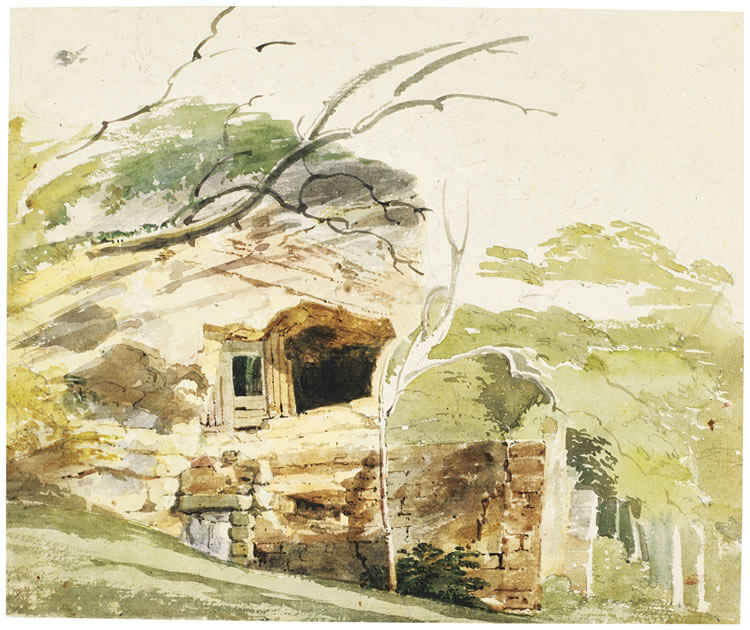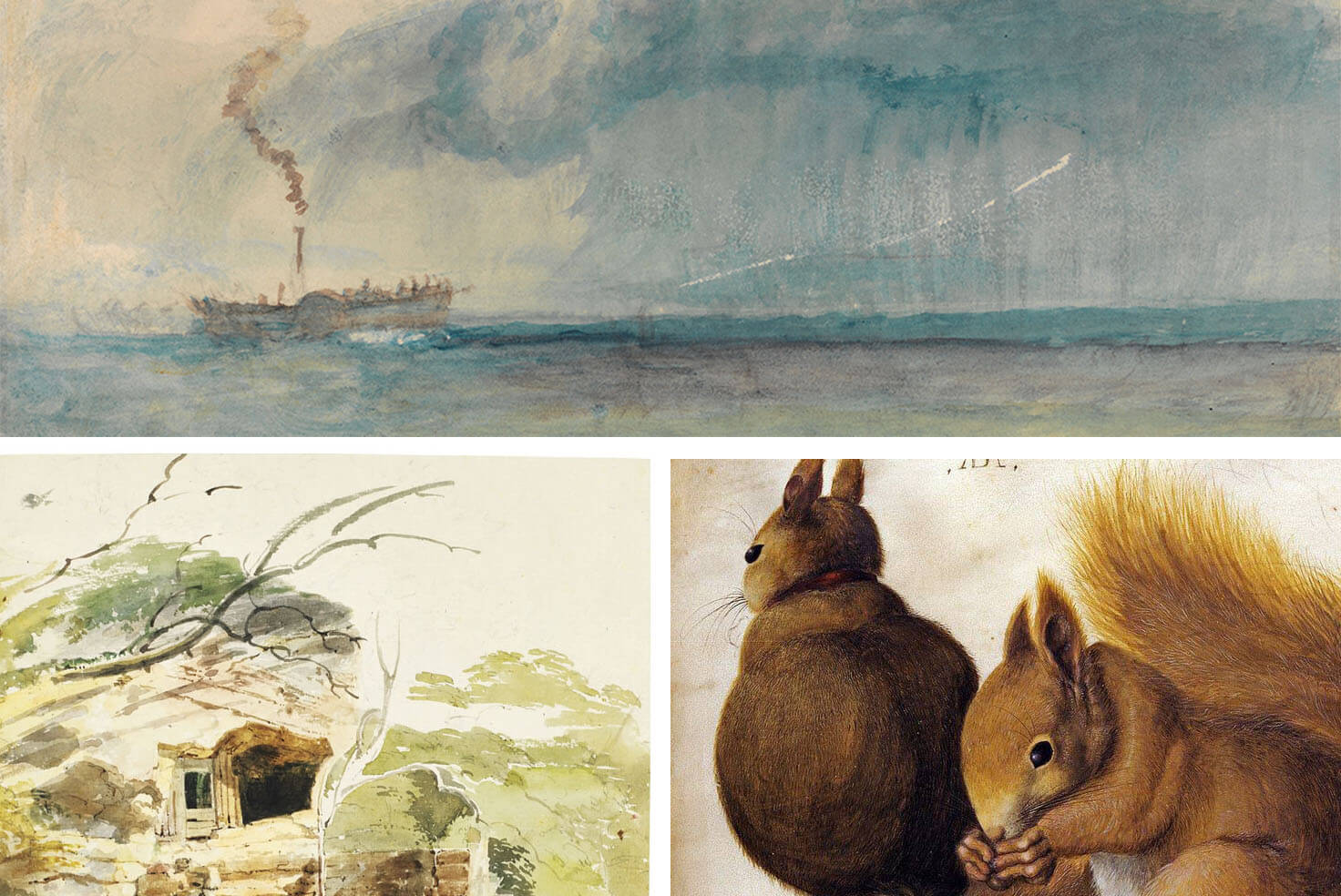The history of watercolor dates back to antiquity, with early forms appearing in Egypt and China, where artists used water-soluble pigments for wall paintings and manuscript decorations. However, watercolor as an independent art form developed in Europe during the Renaissance, mainly by artists such as Albrecht Dürer in Germany, who used watercolors to depict landscapes and natural studies. This technique began to establish itself in the 15th and 16th centuries, primarily for creating studies and preparatory sketches.
Watercolor emerged as a popular technique in the 18th century in England, where artists like Thomas Girtin and J.M.W. Turner used it to render impressive landscapes and architectural works, establishing it as a medium of high aesthetic value. Its use quickly spread across Europe, with France and Italy adopting it, while at the same time watercolors reached America through British artists.
The main reason for the establishment of watercolor was its versatility: this medium allowed for the rapid creation of gradients and transparencies, offering exceptional delicacy and atmosphere to artworks. In addition, the portability of the materials made watercolor especially appealing to artists working outdoors, capturing nature and light. By the 19th century, watercolor had been firmly established as an independent art form, and the watercolor societies that emerged contributed to its promotion, highlighting its potential and uniqueness in the art world.

J.M.W. Turner
..
Albrecht Dürer
..


Thomas Girtin
..






